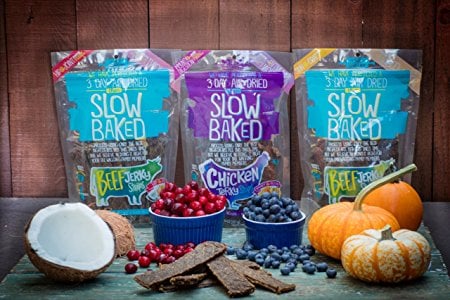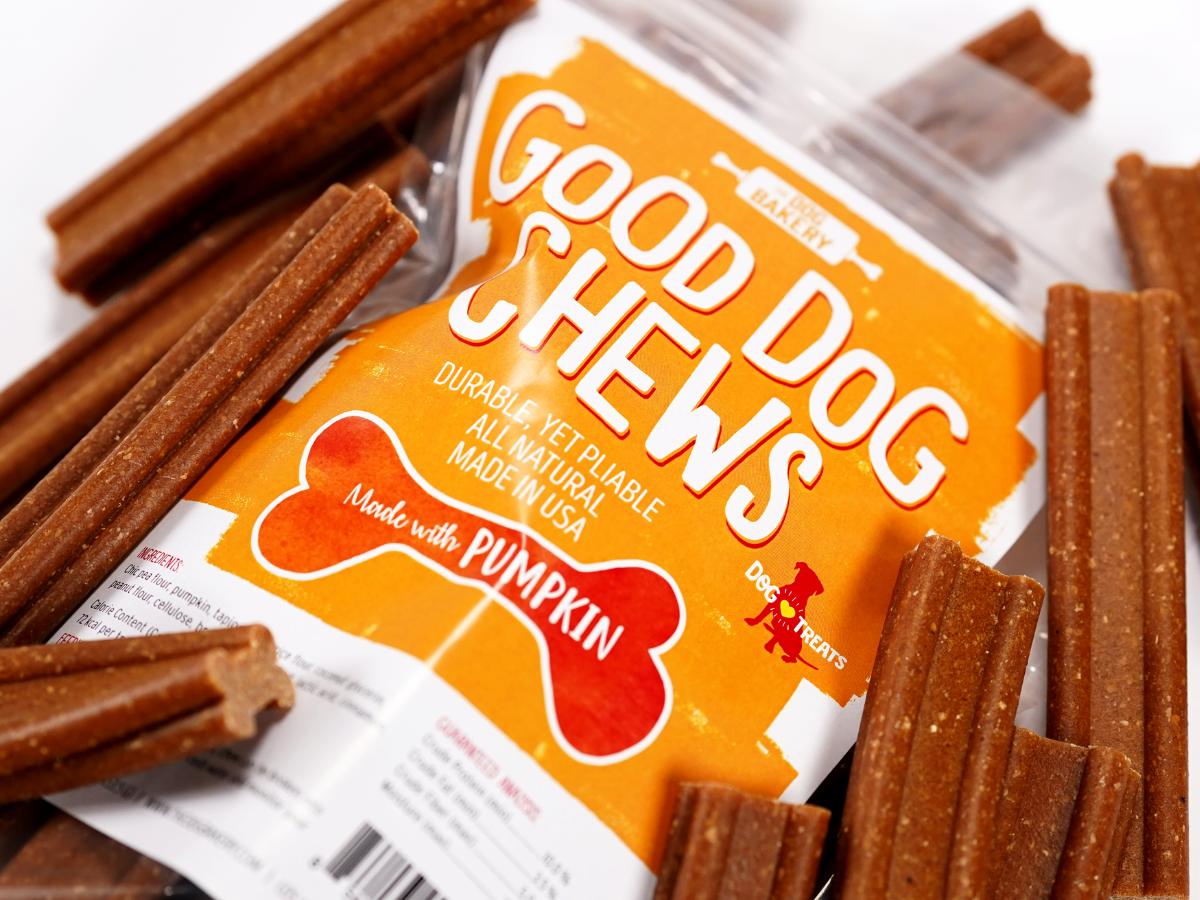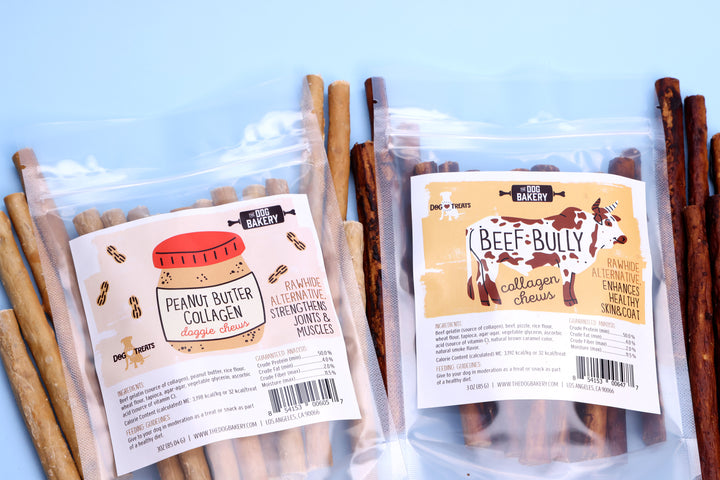How Much do Corgis Shed? A Guide to Corgi Shedding and Management
Corgis are known for their enthusiastic demeanor, eagerness to please, fierce loyalty, and their intelligence, making them popular among dog lovers with active lifestyles. Corgis seem like the perfect pet for anyone needing a fluffy friend, but there’s one potential problem: corgis shed. A lot.
To help keep you from drowning in fluff, here’s everything you need to know about how corgis shed, why corgis shed, and how to manage shedding:
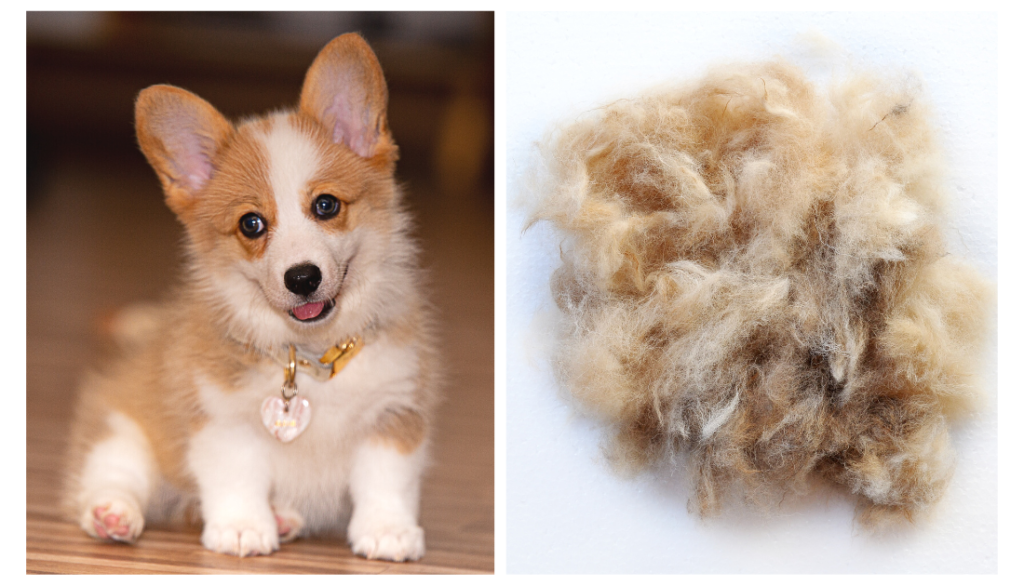
How Much do Corgis Shed?
All dogs shed in some capacity, but corgis are among the breeds that shed the most. Welsh corgis and Pembroke corgis shed quite a bit and are often compared to heavy shedders like Huskies, Akitas, and Great Pyrenees. While the amount of fur shed tends to vary from dog to dog, corgis still shed frequently, making it difficult for people who aren’t prepared to handle their fluff.
Why do Corgis Shed so Much?
Dogs considered “heavy shedders” often have one thing in common: their coats. Like the great Pyrenees and husky, corgis have two layers of fur to regulate their body temperature. Originally, corgis were herding dogs in the United Kingdom and would often spend long hours outdoors watching over and managing sheep. In the UK’s colder climate, a second layer of fur was necessary to keep the dogs from freezing on chilly mornings.
The need for an extra layer of insulation has given corgis two coats: their outer coat and their undercoat.
What is an Undercoat?
While a dog’s outer coat is made from thicker, water-resistant hairs, an undercoat isn’t. Instead, undercoats have many shorter, finer hairs that act like goose down; they protect the dog from cold temperatures and help regulate its body heat as the weather changes. Animals with undercoats tend to shed frequently, as the hairs are constantly growing and regenerating.
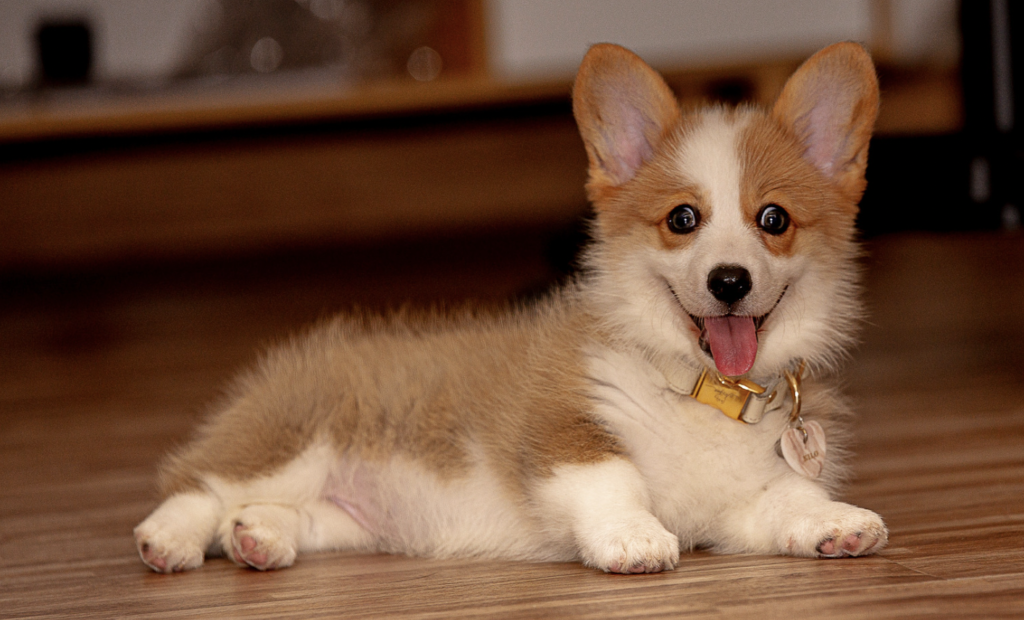
Is Shedding Healthy?
Shedding is a normal, healthy part of any furred animal’s life, and corgis are no different. As you get used to living with your corgi, the two of you will find a baseline for how much shedding is considered “healthy” and how much is concerning. Unlike hair loss, shedding is a natural body function that promotes hair growth and regeneration. If you start seeing your corgi’s hair thinning or coming off in patches, your dog may have a medical problem. For example, itching from anxiety, parasites, or skin irritants may cause hair to fall off in patches or irritate your dog enough for them to rip out their fur. If you see any shifts in behavior or coat health, contact your veterinarian immediately.
When Do Corgis Shed?
So, we know that shedding is a healthy part of a corgi’s life, but when do they shed? While many dogs have a specific shedding season, corgis shed year-round. In fact, a lot of heavy-shedding dogs do. A corgi’s shedding patterns are pretty easy to follow: while they shed year-round, corgis tend to shed more when the seasons change, especially in the early winter and late spring.
Shedding and Seasonal Changes
When the weather changes, so will your corgi’s undercoat. In the winter, corgis grow thicker undercoats to help keep them warm in the snow, and in the summer, they shed their winter coat in favor of something lighter. When the temperature changes for the season, it’s always a good time to check in with your groomer and vet to ensure your puppy’s hair is in perfect condition.
How to Control Corgi Shedding
Now for the big question: how do you manage corgi shedding? Generally, there are a few things you can do to keep your corgi’s fur healthy:
Frequent Grooming at Home
One of the best ways to ensure that your corgi has a perfect coat (and to keep yourself from drowning in it) is to groom your corgi frequently at home. Baths, brushing, and even nail trimming are essential for coat maintenance.
Brushing
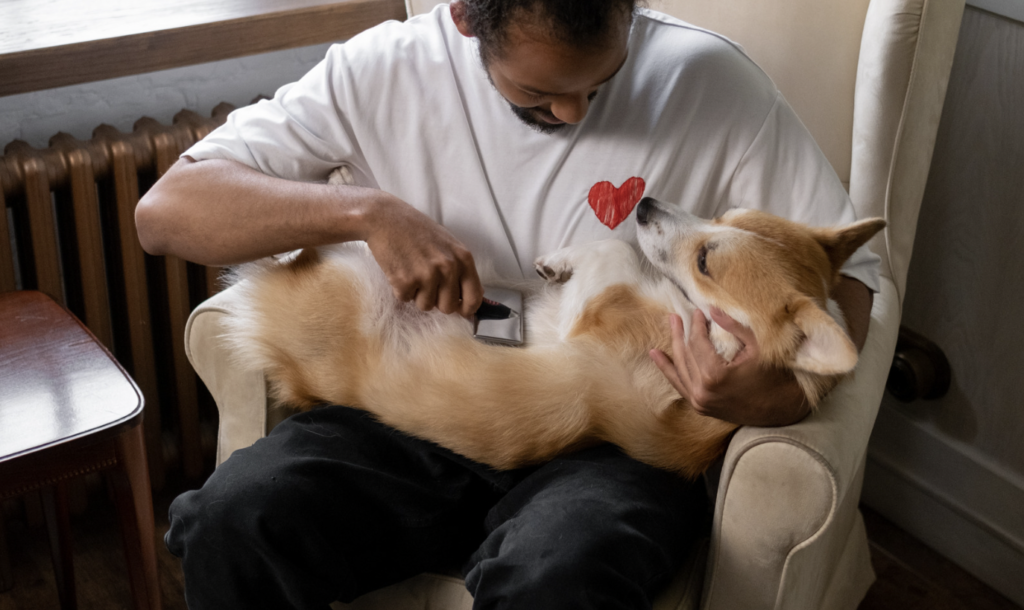
Corgis need frequent brushing to keep their coats smooth and avoid matting. Undercoats tend to mat if neglected, as loose fur can get tangled with other hairs and create hard lumps that pull at the dog’s skin. Matted fur is not only a skin irritant but can also impede hair growth– make sure you brush your corgi every day to keep matting low!
You’ll need three types of brushes to keep a corgi well-groomed at home. When you brush your corgi, use the brushes in this order:
1. The Deshedder
a de-shedding brush is shaped like a comb but features metal teeth and is much more durable. Deshedders are designed specifically to remove loose undercoat fur and are essential for any and every corgi! Depending on your puppy’s coat length, you may need a de-shedder for long-haired dogs.
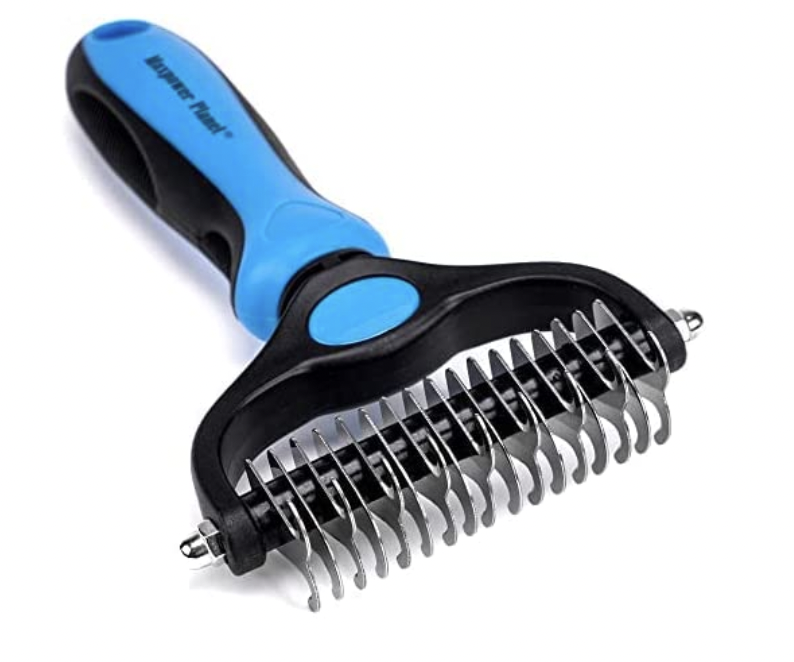
Buy Maxpower Planet Double-Sided Shedding & Dematting Undercoat Rake ($14.97) on Amazon.

2. The Matting Brush:
Matting brushes are similar to de-shedders, but feature longer, hooked bristles resembling bear claws. Use a matting brush to gently detangle hairs in high-movement areas, like around the neck and under the legs. If your corgi has severely matted fur, don’t trim it! Take them to a groomer instead.
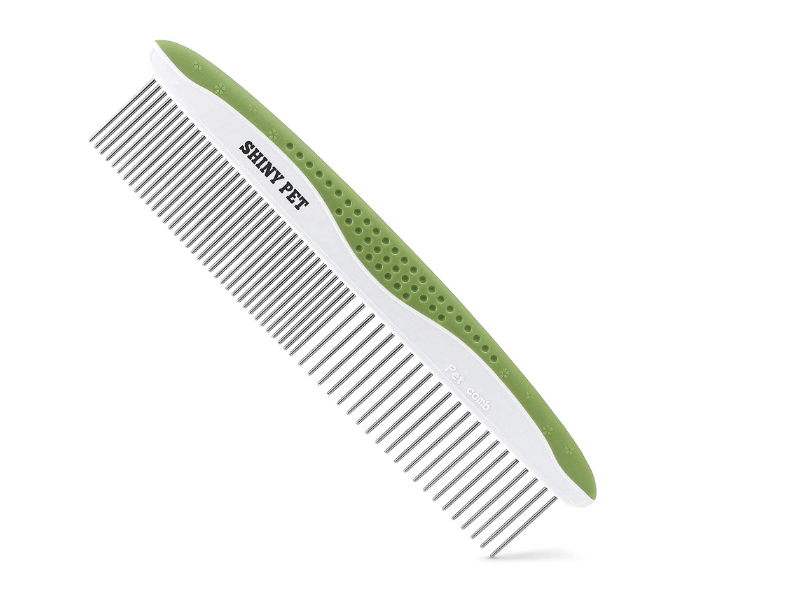
Buy the Shiny Pet Dog Comb ($12.99) on Amazon.

3. The Slicker Brush
Not all corgis need a slicker brush to maintain a healthy coat, but some pet parents love finishing a brushing session with a once-over from this traditional pet brush. Slicker brushes are generally good for mild detangling, and you won’t get nearly as much loose undercoat with a slicker brush than a de-shedder. That’s why I suggest using the slicker to finish things off at the end of a brushing session.
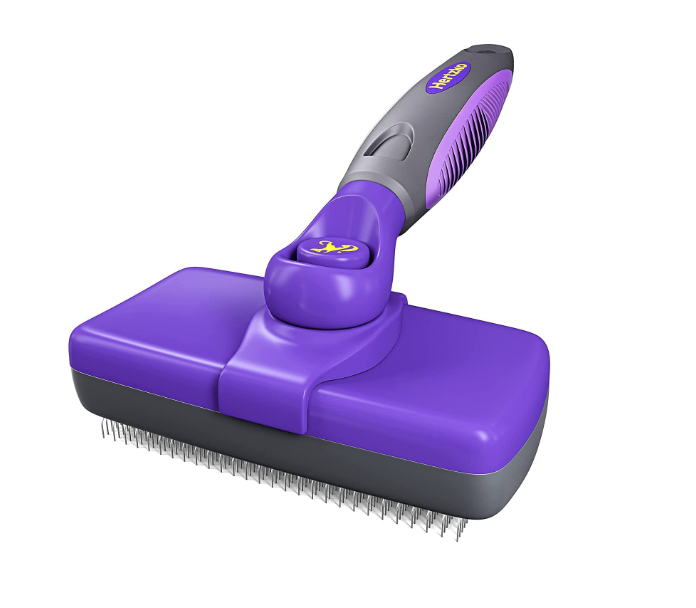
Buy the Hertzko Self-Cleaning Slicker Brush ($15.99)

Bathing
Bathing your corgi regularly can help promote skin health and ensure that your corgi’s fur is nice and clean. When you bathe your corgi, read the instructions on your dog shampoo or consult your veterinarian to ensure you don’t over bathe– overbathing can lead to dry, irritated skin and hair loss.
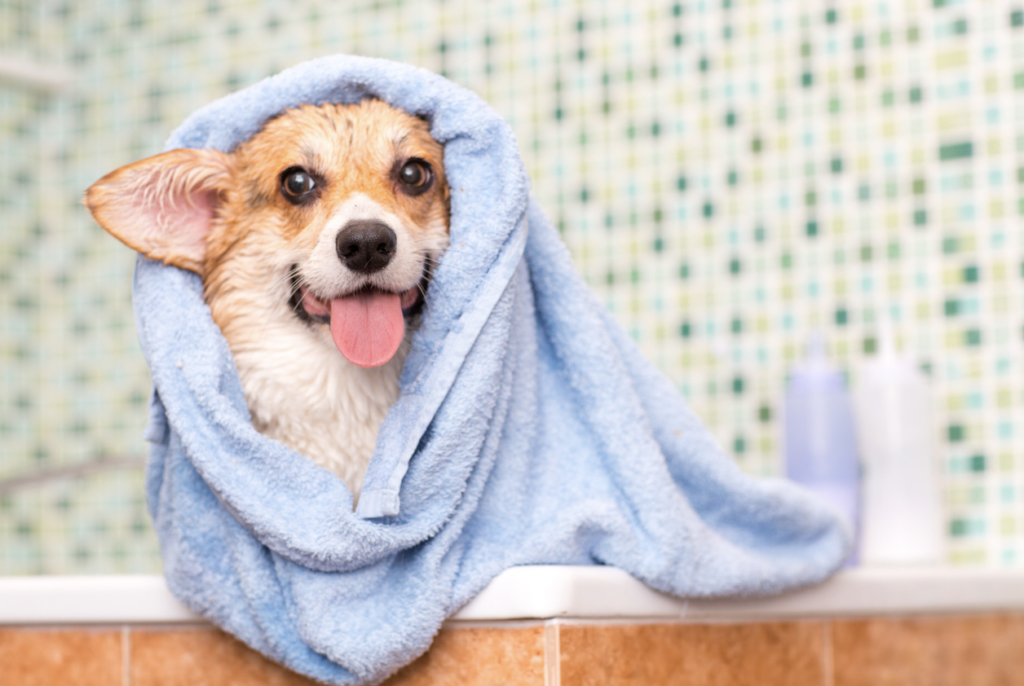
For the corgis with sensitive skin out there, we hear you! Try to look for a natural, paraben-free dog shampoo to help prevent further irritation. And remember, always brush your puppy after a bath!
Other Grooming Tips
Generally speaking, there are some other things you can do to help maintain your corgi’s coat and manage shedding. A well-manicured paw will help keep your dog from accidental cuts and scrapes while scratching behind the ears. You shouldn’t have to trim your corgi’s nails too often– just whenever they start to look jagged and sharp.
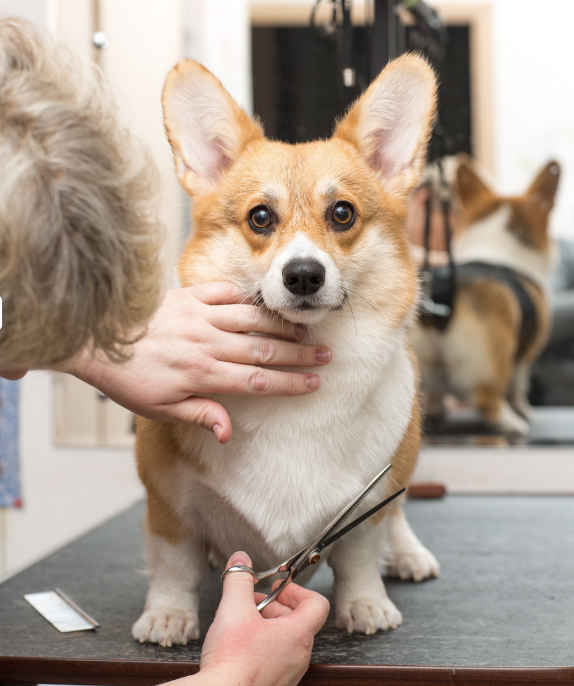
Grooming at the Spa
In addition to grooming at home, it’s also a good idea to take your corgi to the groomer’s every so often to get a haircut and thorough wash. Professional groomers have the necessary tools to “deep clean” dogs and are equipped to remove any matted fur without harming your corgi. Try to take your corgi to the groomer for a spa day once every two months, but they’ll especially need a haircut during shedding season.
Food Matters!
In addition to regular grooming, a healthy diet and proper exercise are essential to maintaining your corgi’s fur. A corgi suffering from malnutrition will shed more than one on a healthy diet with plenty of vitamins and minerals. Allergies may also cause excess shedding. If you see your corgi’s coat thinning, take them to the vet and check their nutrient levels!
The three foods that are super healthy and that almost every dog loves, even the pickiest dogs, are:
1. The Farmer’s Dog.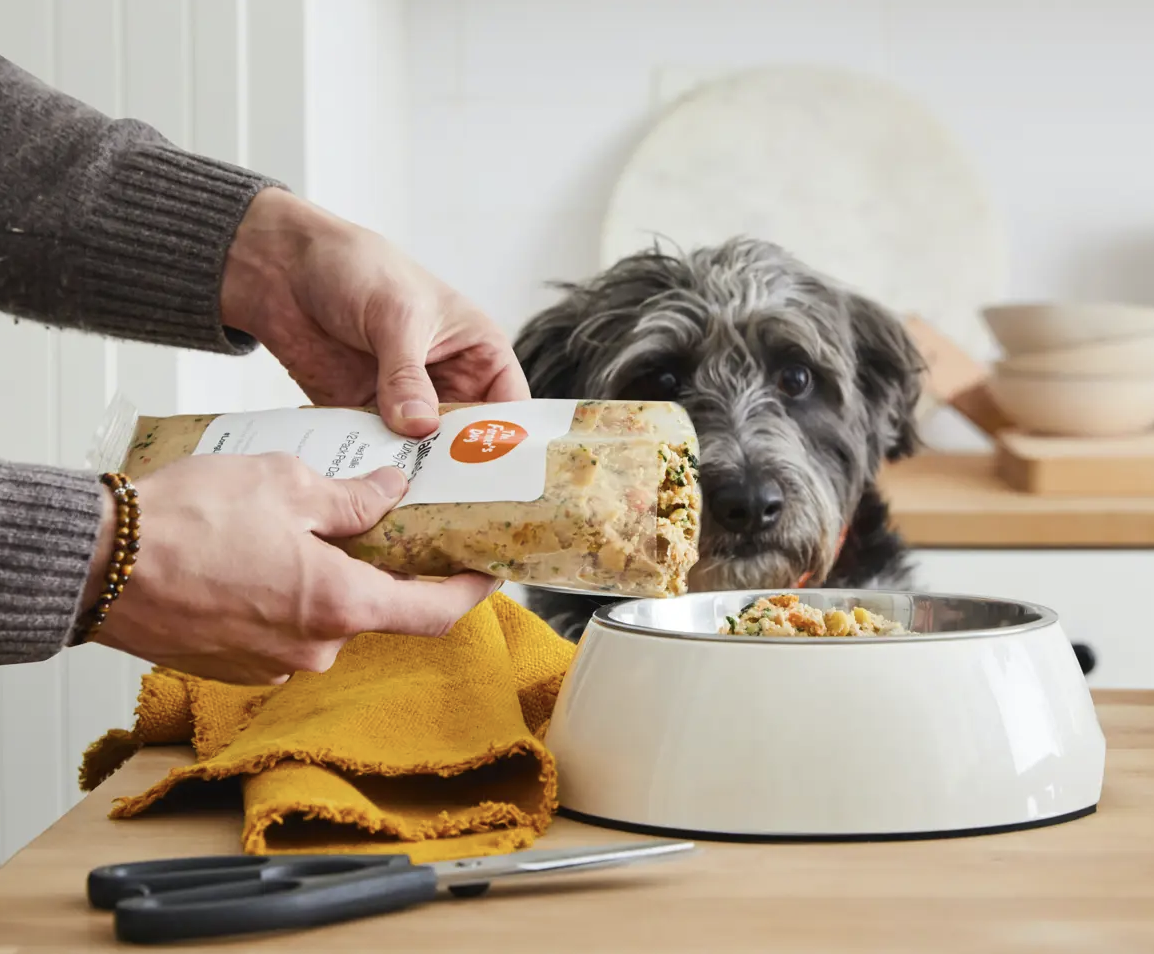
This is a fresh-frozen food that’s delivered to your home in just the right amounts for your dog. There are a number of fresh frozen dog foods available on the market and I tested them all. The Farmer’s Dog came up the winner with my picky dogs. You can see the fresh frozen food test here.
Save 60% on your first order
—
2. Sundays Food For Dogs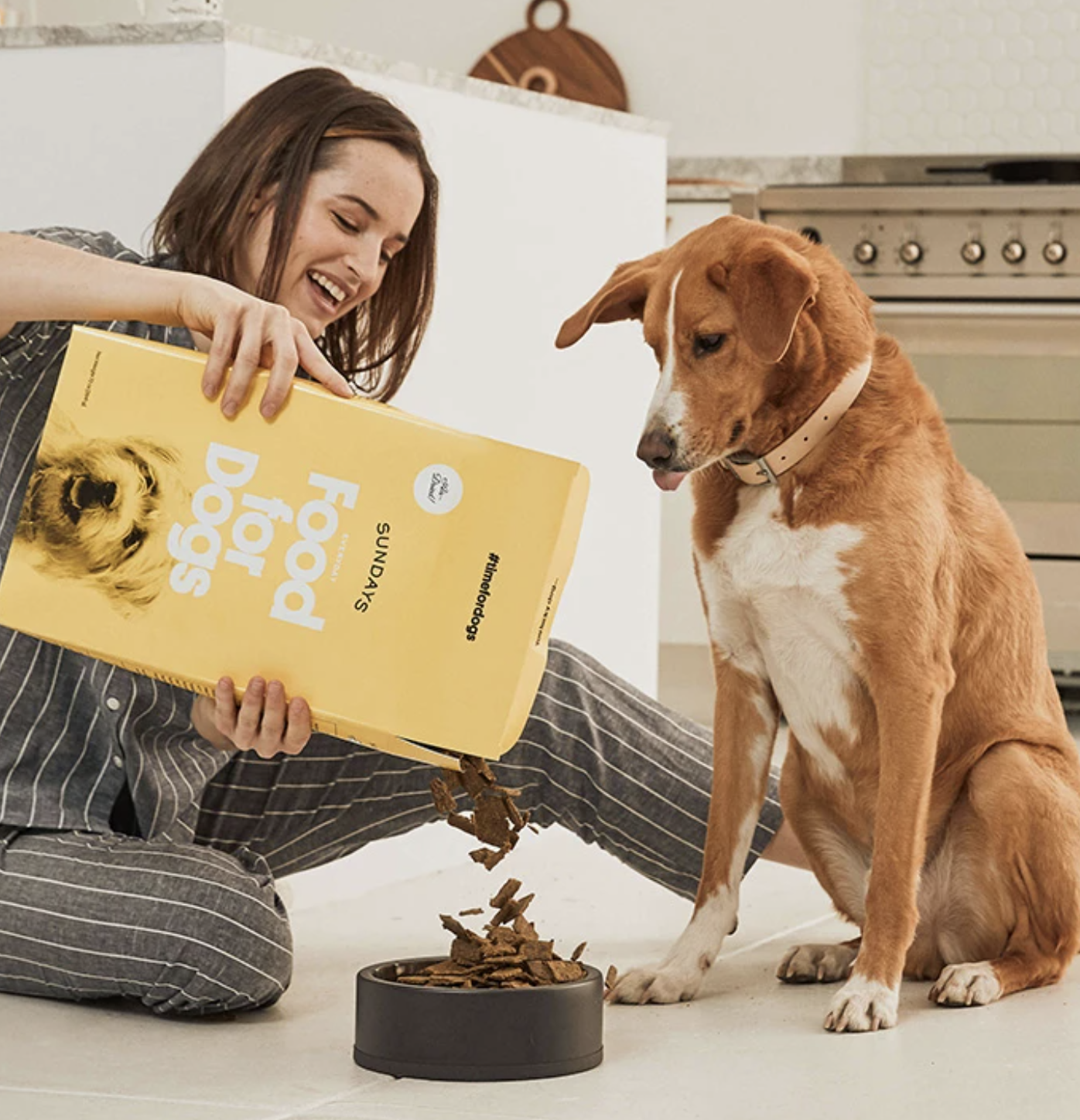
This is an air-dried food. It has the convenience of kibble (just pour it in the bow) but is much much healthier. It’s like little pieces of jerky, so dogs go crazy for it. There are a number of air-dried foods on the market. My dogs tested 3 of them. You can see the results of the air-dried food test here.
Get 35% off your first order + free shipping w/ code ROCKY35
3. We Feed Raw.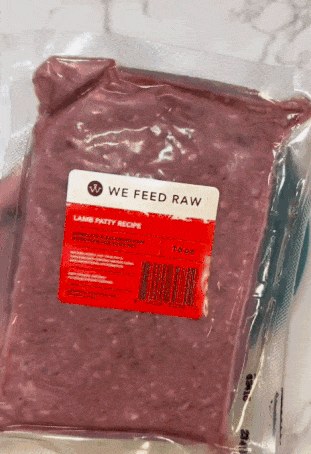
This raw food for dogs comes delivered to your home is perfectly sized portions for your pup. They primarily source their ingredients from trusted U.S. farmers, with two exceptions: venison and lamb. These ingredients are sourced from New Zealand, where some of the highest-quality and most ethically raised venison and lamb can be found. Pasture-raised and grass-fed and finished, we highly recommend trying these formulas if you’re interested in the best-quality ingredients. Save 25% on your first order.
Supplements: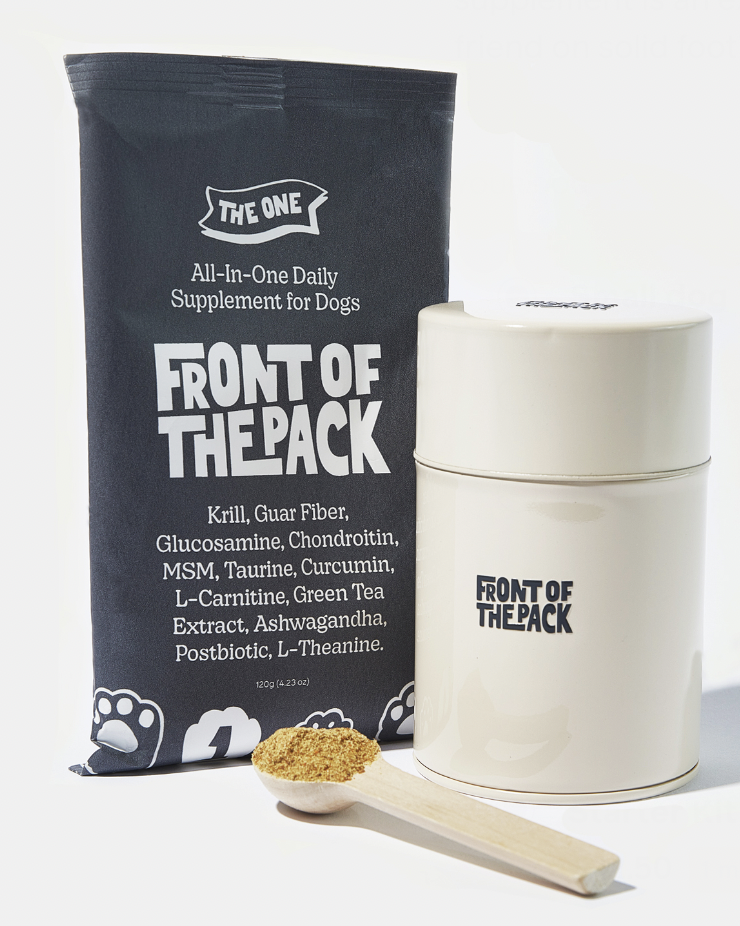
I highly recommend using a supplement on your dog’s food, not matter what you feed them, to ensure the meal is balanced and they are getting all the right supplements to help them stay healthy. The supplement I use is called The One from Front of the Pack. It has 12 ingredients that have been clinically-proven to keep your dog’s joints, skin, heart, digestion, and even their breath in tip-top shape. It’s also a powder, so easy to sprinkle on your dog’s food. For a limited time, when you buy one month you get a second month free.
Visit the Vet Regularly
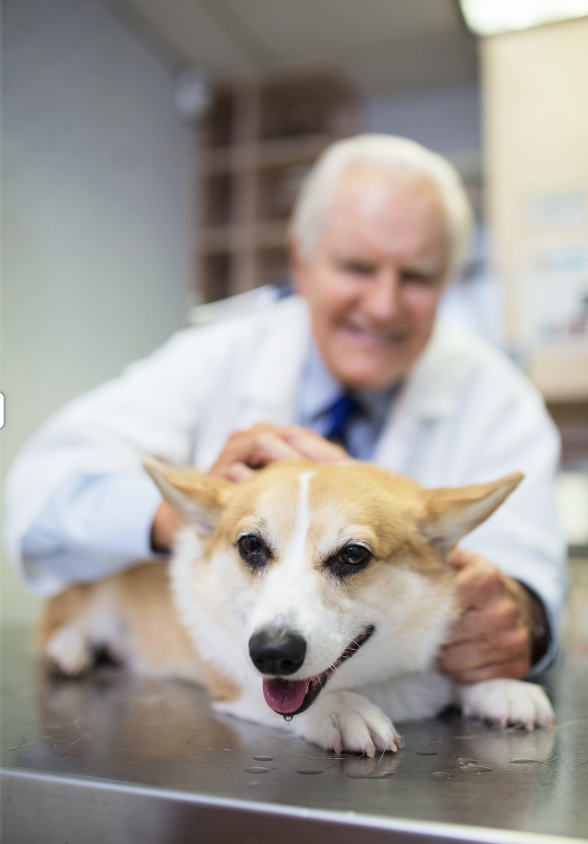
Finally, I’d also like to recommend regular vet visits. All pet parents should take their fur babies to the vet at least once a year for a physical check-up and vaccinations. Regarding corgis, shedding is just another way their bodies may react to physical stress or illness. Regularly checking in with a doctor is the best thing you can do if your corgi starts shedding more than normal.
Related Articles
- 4 Best Dog Food Brands for Corgis & Corgi Puppies
- Tired of Cleaning Up Dog Hair? These 15 Tricks Will Help You Manage Your Dog’s Shedding
- Cardigan Welsh Corgi vs. Pembroke Welsh Corgi: What’s The Difference?
- Just brushing your dog’s coat can help alleviate itchy skin
- Try ‘Shampoo Therapy’ to help your dog’s itchy skin
- Your Guide To The Best Dog Shampoos

